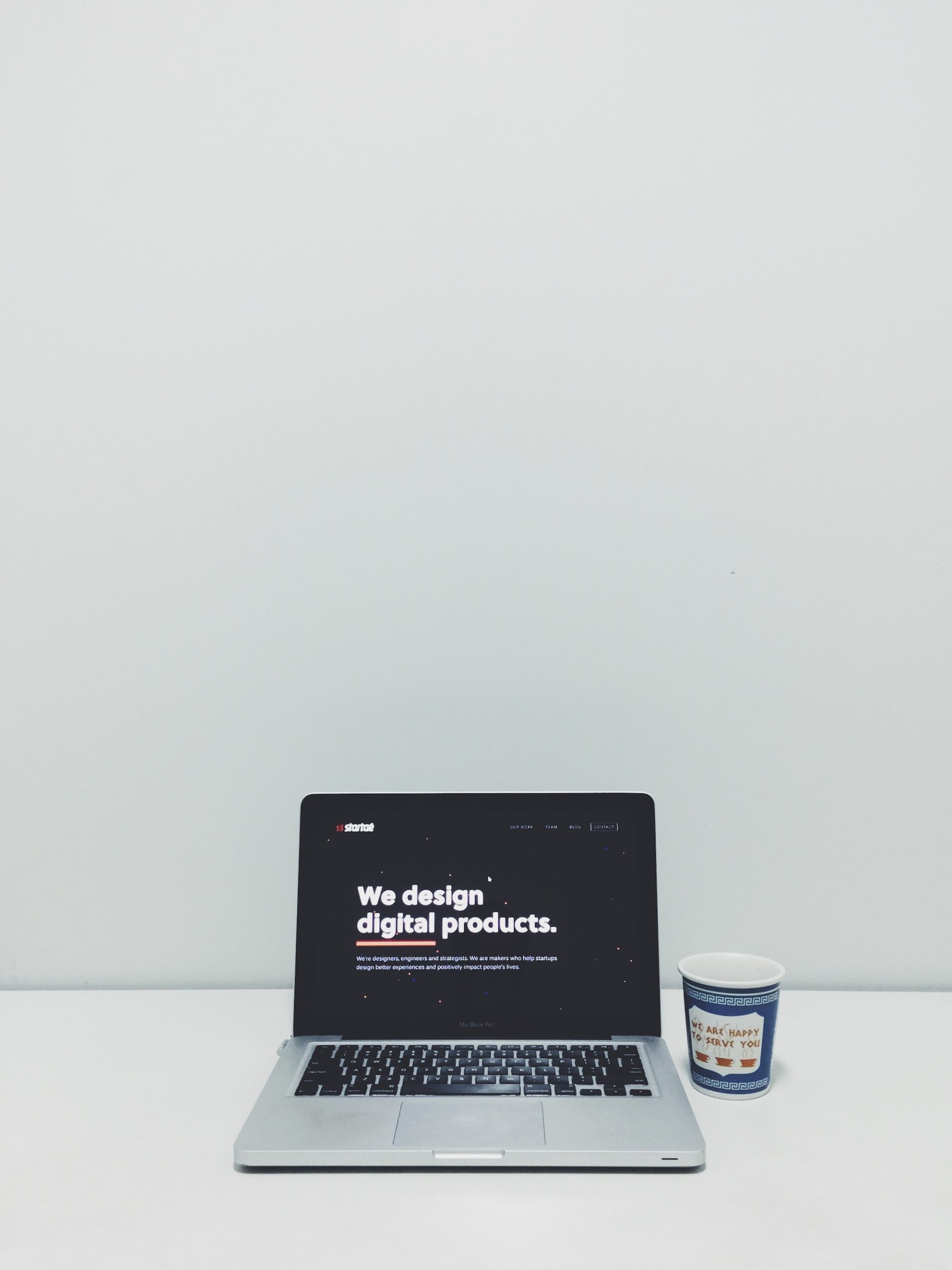Choosing the right resume format can be a game-changer in your job search. The way you present your skills, experience, and achievements not only reflects who you are as a professional but also makes it easier for employers to see why you’re a good fit for their team.
I have spent many years helping people create resumes that stand out, and I understand that the choice of format is not one-size-fits-all. Instead, it’s about matching your story to what recruiters need to see.
In this post, I explore different resume formats, share insights on what works best for various career situations, and provide some handy resources and answers to common questions.
I also include a look at some statistics from trusted sources, so you can feel confident in your decision. By the end, I hope you’ll have a clearer picture of which resume format suits your goals—and I’ll leave you with a final question: Which Resume Format Is Most Popular With Employers?
Understanding Resume Formats
Before diving into the specifics, it helps to know that resumes come in different styles. The three main types are:
-
Chronological Resume:
This format lists your work history in order, starting with your most recent role. It’s clear and easy to follow, which is why many employers like it. According to TopResume, a majority of recruiters lean toward this format because it shows a clear career progression. If you have a strong, steady work history, this might be your best choice.Just Before You Go
Empower individuals to overcome barriers, gain essential skills, and secure gainful employment through our proven programs—KeelMaster, KeelWings, and KeelMate. Your support can spark change and build brighter futures.
Donate Now -
Functional Resume:
Here, the focus is on your skills and experiences rather than the timeline of your employment. This format can be useful if you are changing careers, have gaps in your employment, or want to highlight skills that are not tied to a specific job history. While some employers are cautious about this format, it can work well if you have a diverse set of skills to showcase. -
Combination Resume:
As the name suggests, this format blends the chronological and functional approaches. It starts with a skills section that highlights your strengths, followed by a brief work history. This format can be particularly useful if you have a solid work record and want to emphasize your skills at the top of your resume.
Each format has its own benefits, and the best one for you depends on your career path and the type of role you’re applying for. I like to think of your resume as a tailored tool that reflects not just your past work but your professional identity.
Why Your Resume Format Matters
The right format does more than just list your job titles and dates. It sets the tone for how recruiters perceive you. For example:
-
Clarity and Readability: A chronological resume is often the easiest for employers to scan quickly. With a clear timeline of your work experience, hiring managers can easily see your career development.
-
Highlighting Strengths: If you’re moving into a new field or have transferable skills, a functional or combination resume lets you bring those skills to the forefront.
-
Addressing Gaps: Everyone’s career journey is different. If you have gaps in your employment or a diverse background, choosing the right format can help explain your career story without raising red flags.
Did you know that a survey by Jobscan found that recruiters spend an average of just six seconds on an initial resume scan? This means that your format—and the way you highlight your strengths—plays a crucial role in catching their attention quickly.
Breaking Down the Formats
Let’s take a closer look at each resume format so you can decide which one best suits your needs.
Chronological Resume
Pros:
- Simplicity: It’s straightforward and easy to understand.
- Career Growth: It clearly shows your career progression.
- Popularity: Most employers expect to see this format, making it the default for many industries.
Cons:
- Employment Gaps: If you have periods of unemployment, this format can draw attention to them.
- Limited Skill Highlighting: It may not showcase your specific skills if they don’t align perfectly with your job titles.
Who Should Use It?
If you have a steady work history with a clear upward trajectory, a chronological resume is likely your best option. It works well in most industries and is often recommended by career experts.
Functional Resume
Pros:
- Skill-Focused: It lets you highlight your key abilities and accomplishments.
- Flexible: It’s useful for career changers or those with gaps in their work history.
- Creative Freedom: It can be structured to emphasize the areas where you excel.
Cons:
- Skepticism: Some recruiters view this format with caution, as it may hide a less-than-stellar work history.
- Less Familiar: It is not as commonly used as the chronological resume, which might make some employers uncomfortable.
Who Should Use It?
If you are entering a new industry, have freelance or contract work, or simply want to showcase your skills over your job history, a functional resume might be the right choice. Just be prepared to explain your career path if asked.
Combination Resume
Pros:
- Best of Both Worlds: It highlights both your skills and your career history.
- Versatile: It works for many job seekers, particularly those with a mix of relevant skills and a solid work background.
- Tailored Presentation: You can adjust the emphasis based on what the job description requires.
Cons:
- Length: It might end up being longer than other formats, which can be a challenge if you need to keep it concise.
- Complexity: It requires a careful balance between listing skills and work experience.
Who Should Use It?
A combination resume is ideal if you have a strong set of skills and a stable work history, but you also need to highlight specific achievements and talents. It can be particularly useful for those in creative fields or roles that require both experience and a diverse skill set.
FAQs
What is the most popular resume format with employers?
The chronological resume is widely favoured by recruiters because of its clarity and ease of reading. It clearly presents your work history and shows your career growth over time. You can read more about this on TopResume.
Can I use a functional resume if I have gaps in my employment?
Yes, a functional resume can help highlight your skills and accomplishments without drawing too much attention to gaps in your work history. However, be ready to discuss those gaps during an interview.
When is a combination resume the best choice?
A combination resume works well if you need to showcase both your skills and your work experience. It’s particularly useful if you have a diverse background or are applying for a role that values both areas.
Should I tailor my resume format for each job application?
Absolutely. Matching your resume to the job description can make a big difference. If a job ad emphasizes a steady work history, a chronological resume might be best. If it highlights specific skills, consider a functional or combination format.
Further Resources
If you’re looking for more help, here are a few additional resources that might come in handy:
- Indeed Career Guide: Offers a range of resume examples and tips for various industries.
- Jobscan Blog: Provides insights into optimizing your resume for applicant tracking systems (ATS) and recruiters.
- The Muse: Features advice on resume writing and job search strategies.
These resources can give you more examples and further guidance as you tailor your resume to your career goals.
Final Thoughts
Choosing the right resume format is more than just a stylistic decision—it can influence how potential employers view your entire career. A chronological resume tends to be the most popular among employers, as it clearly lays out your work history and shows your growth over time. But if you have gaps in your work history or are looking to switch industries, a functional or combination resume might be a better fit.
I encourage you to spend some time thinking about your career journey and what you want to highlight. Look at the job descriptions for positions you’re interested in and decide which format best matches what employers are looking for. Your resume is your personal story, and the right format can help you tell that story in a way that resonates with hiring managers.
So, after weighing the options and considering your own experiences, I leave you with this final thought: Which Resume Format Is Most Popular With Employers?
Just Before You Go
Empower individuals to overcome barriers, gain essential skills, and secure gainful employment through our proven programs—KeelMaster, KeelWings, and KeelMate. Your support can spark change and build brighter futures.
Donate Now



